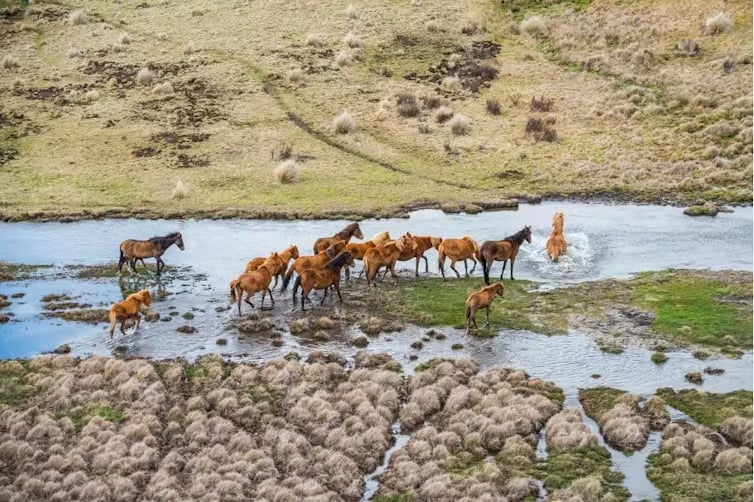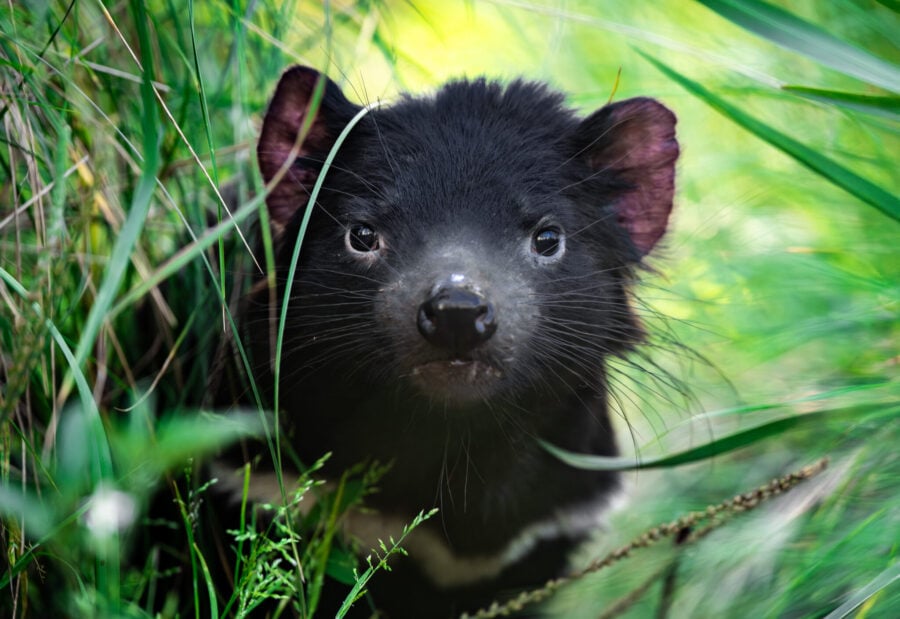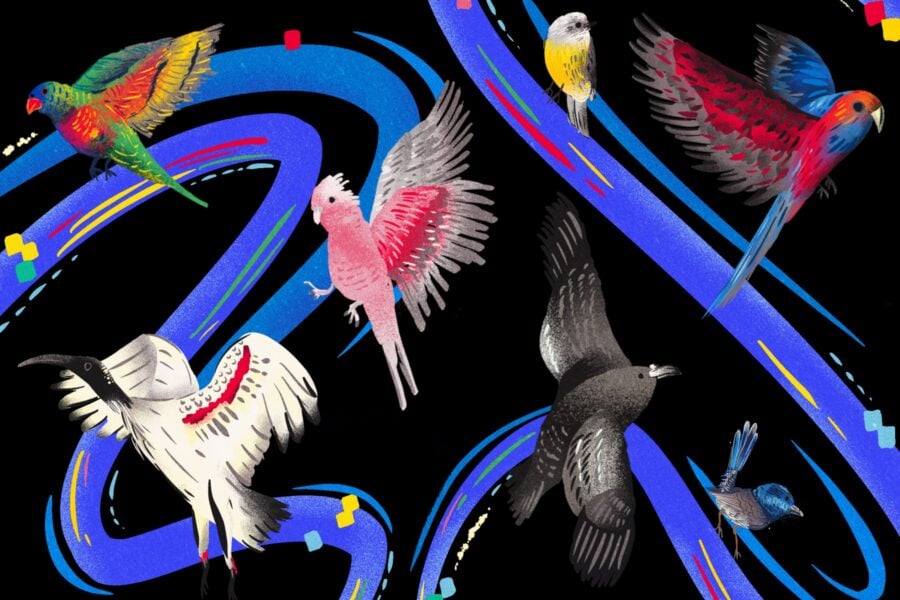Dingoes need more space to fight off pests, study finds
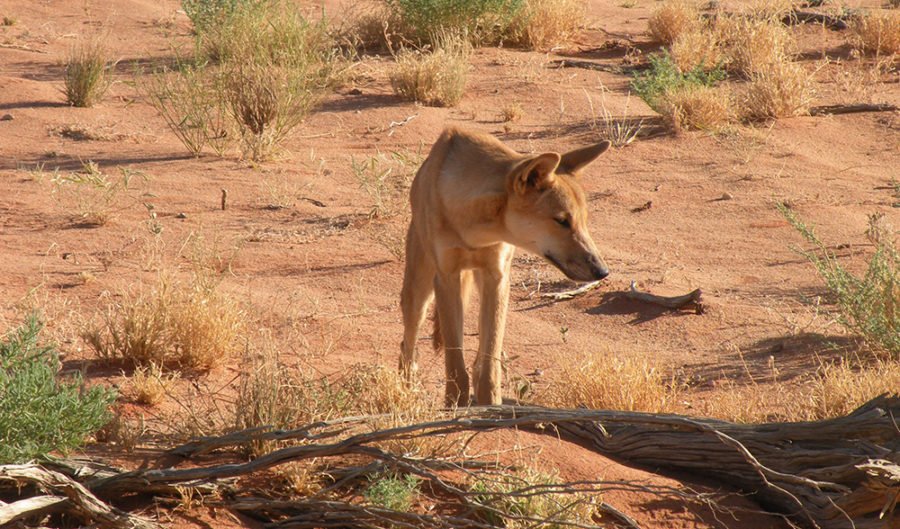
FOX NUMBERS ARE significantly decreased in areas where there is a high population of dingoes, according to new research.
The study is the first of its kind to investigate the effect of dingo distribution on fox populations, and adds to the ongoing debate about whether Australia’s wild dogs are themselves pests or potential environmental saviours.
After analysing the effect of dingo distribution and fox numbers in certain areas, lead researcher Thomas Newsome from the University of Sydney concluded that human modification of certain landscapes – such as clearing and livestock grazing – has reduced the dingoes’ ability to prey on introduced pests.
Thomas said the best way to protect smaller native animals would be to allow dingoes to repopulate areas of concern.
“It’s about changing the way we manage them,” he said. “Dingoes are [currently] actively controlled throughout much of their range via baiting, trapping and shooting programmes, and exclusion fencing.”
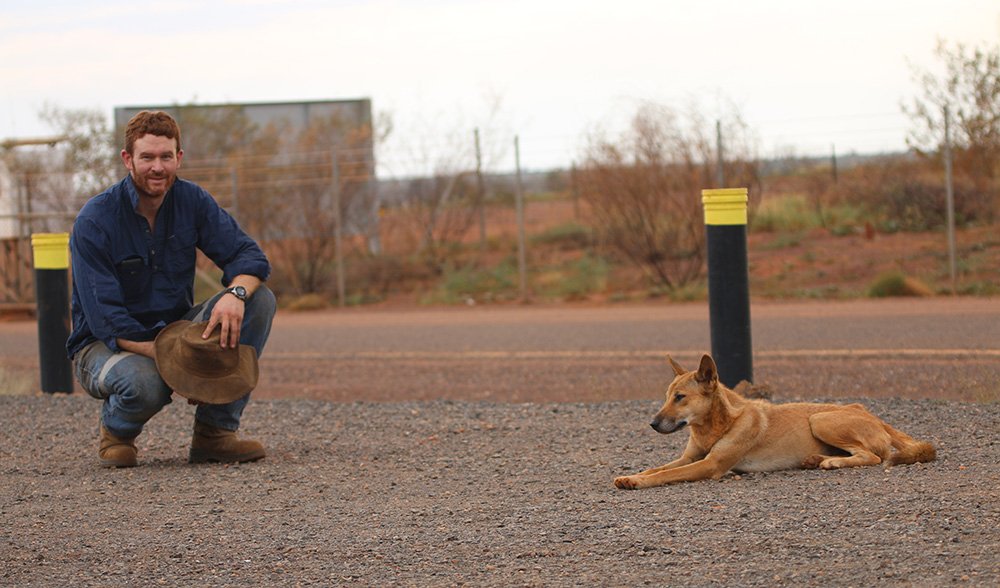
Lead author Dr Thomas Newsome with a dingo. (Image courtesy University of Sydney)
Similar predators such as the coyote and wolves in the United States and Europe were included in the study, with similar results.
“When wolves were removed from large areas of the US, deer numbers increased, which meant that plant populations declined, and bears suffered because their food source dwindled,” said Thomas.
“When wolves were reintroduced to Yellowstone National Park, it helped shift the area back into relative balance,” he added.
RELATED: Why do some graziers want to retain, not kill, dingoes?
Dingoes also have the ability to control feral cat populations, which pose a significant threat to Australia’s native species and have thwarted a number of attempts by conservationists to reintroduce threatened animals such as the bilby.
Thomas pointed out that dingoes don’t present the same threat to our small native animals as cats and foxes because our natives have developed anti-predator strategies since dingoes were introduced 4500 years ago.
“Humans need a greater tolerance of apex predators if we want to enjoy the environmental benefits they can provide,” he added.
This research was published yesterday in the journal Nature Communications.
READ MORE:
